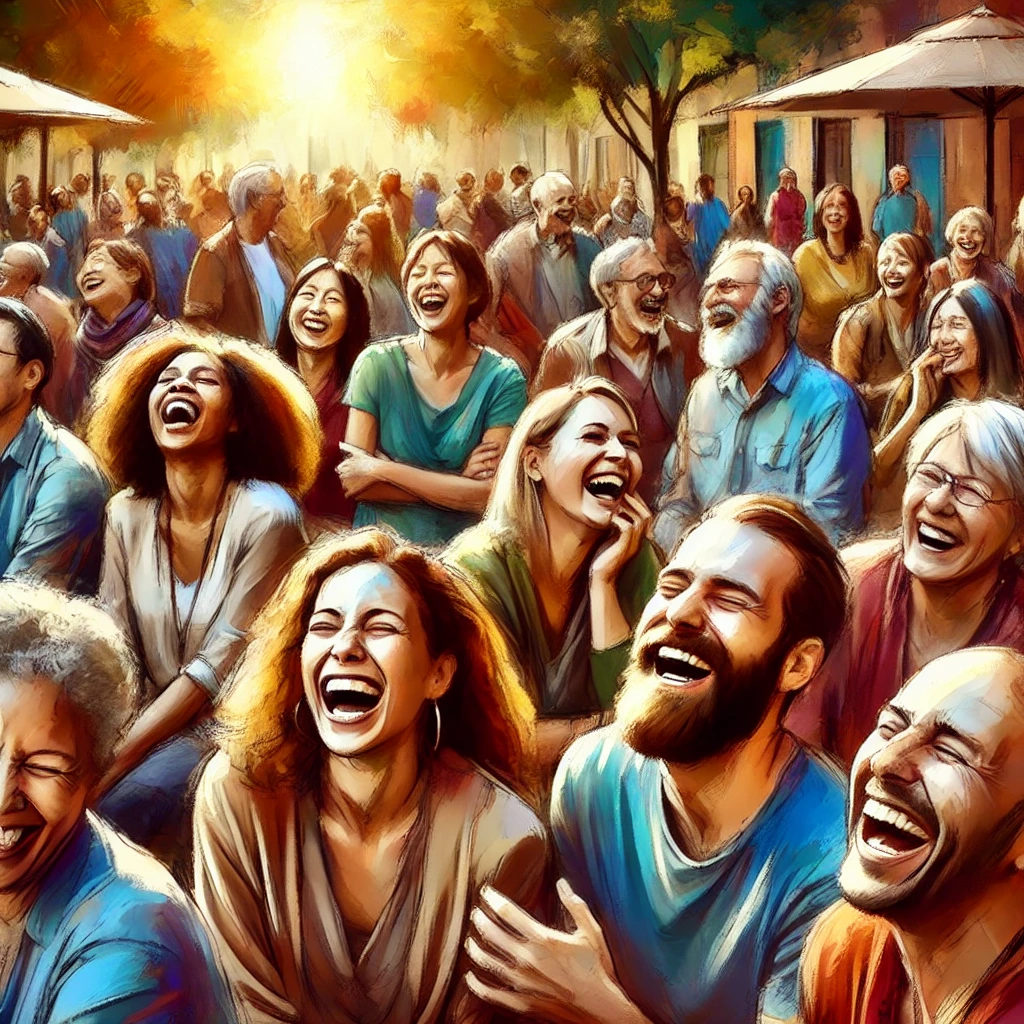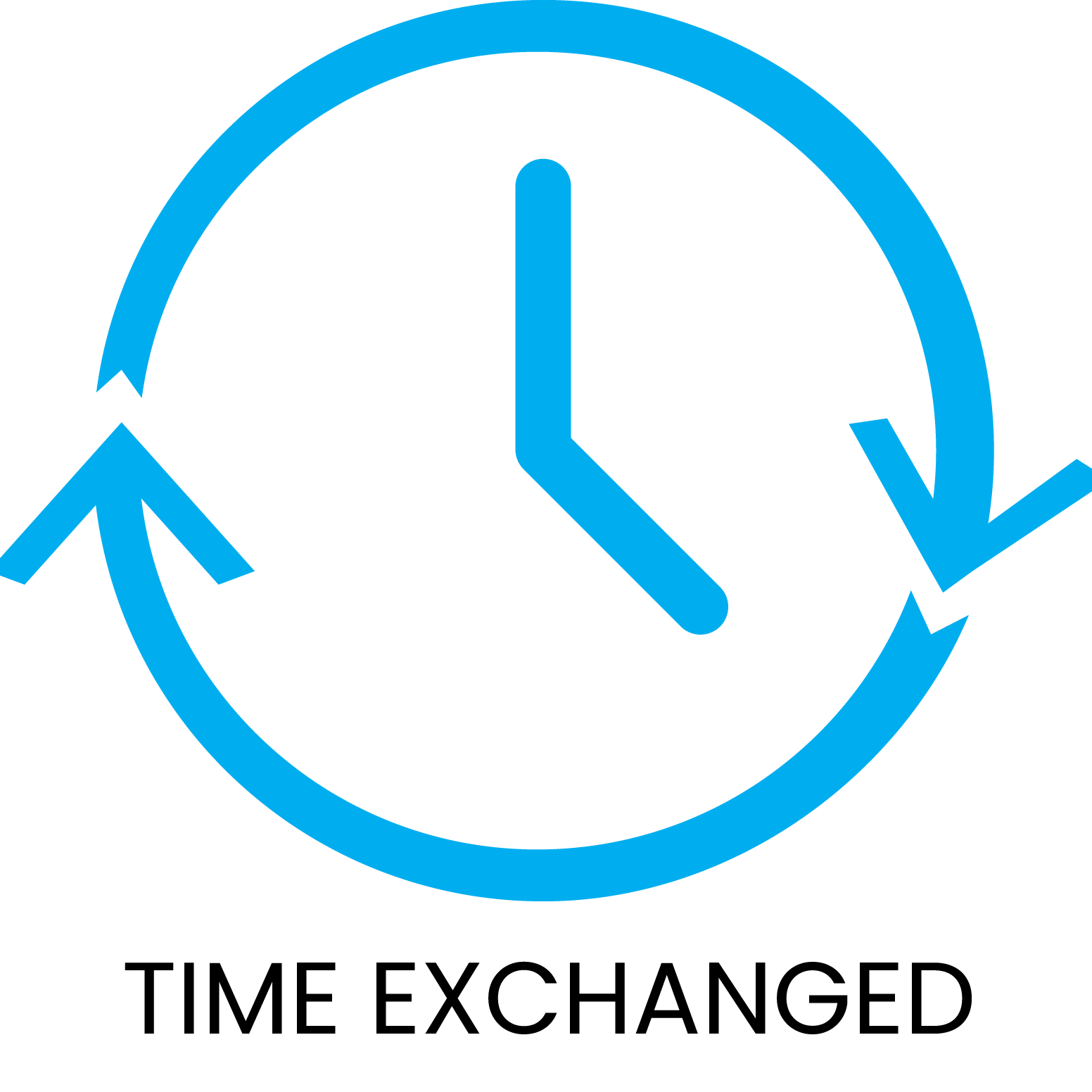
Introduction of Joyous laughter NYT:
Joyous laughter NYT ranks as one of the strongest and most universal human emotions. It’s frequently referred to as the best therapy. It brings people together by common laughter and joy, bridging linguistic, cultural, and geographic divides. Recent studies and articles have demonstrated the immense advantages that laughter can have on individual health or communal togetherness.
In today’s hectic world, a lot of space has been dedicated to exploring the complex connections among good health, joy, & laughing on websites like The New York Times (NYT).
Using knowledge from the New York Times and other sources, this article explores the science and importance of joyful laughter.
The Humor’s Scientific Basis:
Joyous laughter NYT is a complicated human activity with profound biological and psychological roots. Vocalization, movements of the face, and bodily reactions including muscular contractions & altered breathing patterns are all combined in this process.
Studies have revealed, as reported by The Joyous laughter NYT that laughter causes the body’s natural painkillers, endorphins, to be released. These compounds can even lessen physical discomfort while enhancing wellbeing.
The New York Times examined the many brain regions involved in laugh in a story titled “The Neurology of Laughing” that was published in 2019. Research has shown that laughing alters the way the prefrontal cortex—also known as the frontal part and in charge of higher order cognitive functions—interacts with the limbic system, or the brain’s affective core.This complex network of brain regions shows how profoundly emotional and cognitive processes are entwined with laughter.
Laughing’s evolutionary significance was also covered in the essay, with the possibility that early humans utilized it to form social bonds. It’s likely that in prehistoric times, laughter served as a nonverbal cue for collective safety and cohesiveness, encouraging cooperation and trust.
These evolutionary origins provide an explanation for why laughing is still so important in contemporary human interactions.
Joyous laughter NYT & Wellness: Advantages for the Body
Over the years, The New York Times has published a number of pieces discussing the health advantages of laughter. A publication that stands out in particular, “Laughter Actually Is a Good Medicine,” compiled data from several research that demonstrated how laughter enhanced pain tolerance, immunological response, and cardiovascular health. Laughter increases the development of good antigens and immune cells while lowering stress chemicals like cortisol.
Researchers discovered that those who laughed more frequently had better blood circulation, healthier heart rates, and lower blood pressure in a 2018 study that was reported in the New York Times.
Experts revealed that those who laughed more frequently had better blood circulation, healthier heart rates, and lower blood pressure in a 2018 study that was reported in the New York Times.
Laughing has a similar rhythmic impact on the lungs or circulatory system as moderate exercise. While it can never take the place of exercise, laughing may be an excellent bonus to a healthy lifestyle.
It has also been shown that laughing increases pain tolerance. According to a study that was published in the newspaper New York Times, people could stand longer when they viewed an amusing film as opposed to one that was neutral or dismal. This demonstrates how laughing can lessen the sense of pain, which makes it a healthy and enjoyable way to relieve discomfort.

Joyous laughter NYT
Humor as a Sociological Binder:
The New York Times also addresses the important topic of Joyous laughter NYT role in society. In social situations, laugh is a contagious feeling that spreads swiftly among people. This phenomena has the ability to strengthen interpersonal relationships and provide a sense of unity. An article titled “The Social Importance of Laughter” in the 2020 New York Times examined the manner in which laughter can improve someone’s sense of belonging, dissolve barriers, and fortify ties within a society. For example, laughing at work can improve team spirit, foster innovation, as well as enhance communicating.
A Stanford University study that was reported by the New York Times found that groups that joked around were more likely to collaborate successfully and think of original solutions to problems. The study found that laughing creates an environment where people feel comfortable taking chances and expressing their opinions with no fear of criticism. Additionally, lovers benefit from Joyous laughter NYT.
Those who laugh together report feeling more emotionally connected and satisfied with their relationship. In a 2021 New York the Times article, therapists stressed the need of humor in preserving a strong and enduring bond. Couples who may giggle at one another or share inner jokes are better able to handle stress and disagreements. Laughing helps to reduce tension and build emotional bonds in this kind of circumstance.
The Restorative Potential of Comedy:
Joyous laughter NYT medical treatment, often known as “chewing the practice of yoga,” is becoming more and more popular among those looking to improve their mental and physical health. The New York Times has covered this topic extensively, including stories of individuals and organizations employing laughter therapy to treat chronic conditions, stress, or worry.
Intentional laughing and deep breathing exercises are incorporated into laughter yoga, often in a group setting. The hypothesis states that forced laughter can benefit the body and mind in the same ways as spontaneous laughter does. Laughter yoga practitioners often find that their fake laughter eventually turns into genuine laughter, creating a joyful & positive atmosphere.
“Laughing Your Way to Excellent Health,” a 2019 New York Times article, described the knowledge of cancer patients who took part in laughing therapy programs. Numerous patients expressed feeling more at ease, less anxious, and more equipped to manage the challenges brought on by their treatment. Studies showing laughter’s immune-boosting benefits were also included in the report, which is important for people with serious illnesses in particular.
Joyous laughter NYT has healing properties that extend beyond health. The New York Times has repeatedly highlighted the value of humor in mental health interventions. In a piece titled “Laughter as a Psychological Device,” the literary magazine looked at the ways in which psychotherapist help their patients deal with difficult emotions and overcome psychological barriers by using humor.
A new perspective on issues can be gained through humor, which helps them appear less daunting and more controllable. Moreover, laughing helps people feel detached from upsetting events, which enables them to deal with their feelings in a better way.
Laughing in the Age of Technology:
The emergence of digital communication and social media has changed how people laugh and experience it together. In the internet age, amusing GIFs, viral videos, and memes have become an essential form of amusement. Numerous stories by The New York Times have examined this topic and noted both the advantages and disadvantages of internet humor.
Positively, people may laugh together over great distances thanks to digital networks, which promotes a sense of community and connection. In a story published in 2020 and headed “How Memes Are Changing Humor,” the New York Times explored how internet humor has evolved into a kind of cultural commentary that helps individuals chuckle their way through individual, social, and political difficulties. Memes frequently act as a kind of group catharsis, bringing people together via shared frustrations and experiences.
The darker side of internet humor has also drawn attention from the New York Times, though. The magazine issued a warning in an article titled “The Dangers of Online Laughter,” stating that comedy can occasionally be used to make fun of, intimidate, or marginalize people in online settings. People may be encouraged to make nasty or insensitive jokes over the internet because of its anonymity, which could have negative real-world repercussions. As stated by the New York Times, the difficulty lies in striking a balance between the happiness that comes from sharing a good laugh and the obligation to make sure that comedy is inclusive and kind.

Joyous laughter NYT
Laughing During Tough Times:
Joyous laughter NYT is a potent coping strategy during trying times. People have used comedy to cope with tough circumstances throughout history, including economic downturns and wars. Not even the COVID-19 epidemic was an anomaly. Many took comfort in laughing during a time of extraordinary stress and unpredictability in the world.
The New York Times wrote multiple pieces about how comedy relieved the strain and estrangement of shutdowns during the pandemic. The journal featured an article titled “Finding Laughter in a Pandemic which discussed how humor was utilized by writers, comedians, and common people to tackle the ridiculous aspects of living in quarantine, such as toilet paper shortages and Zoom mishaps. People started using laughter as a coping mechanism to discover humor in the midst of chaos and to maintain their resilience in situations of hardship.
The New York Times also carried accounts of medical personnel who used humor as a coping mechanism for the intense emotional stress of front-line work. Medical personnel, including nurses and doctors, shared their stories in an article entitled “Laughing on the Frontlines,” discussing how they made jokes and had fun together to get through long, demanding hours.
Joyous laughter NYT was an important tool for many people to keep connected to their coworkers and maintain mental wellness.
In summary of Joyous laughter NYT:
Smiling is a basic human feeling that may uplift, heal, and bring people together. Although laughing can enhance our physical well-being, fortify our social connections, or have therapeutic benefits, laughter is an essential element of our lives. Investigating the numerous facets of chuckles, spanning their bodily beginnings through their historical meanings, has been led by The Times of New York.
It is evident that humor is still vital in the twenty-first century as we negotiate its intricacies. Laughing unites people and serves as a constant reminder of our humanity, whether it is exchanged in person or over a screen, at happy or sad times. When somebody makes you laugh, keep in mind that you are doing something ancient and potent that is good for your body and soul, not just having a brief but happy moment.
